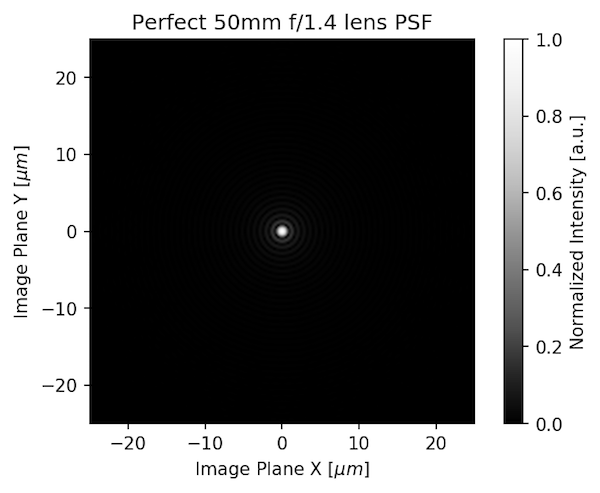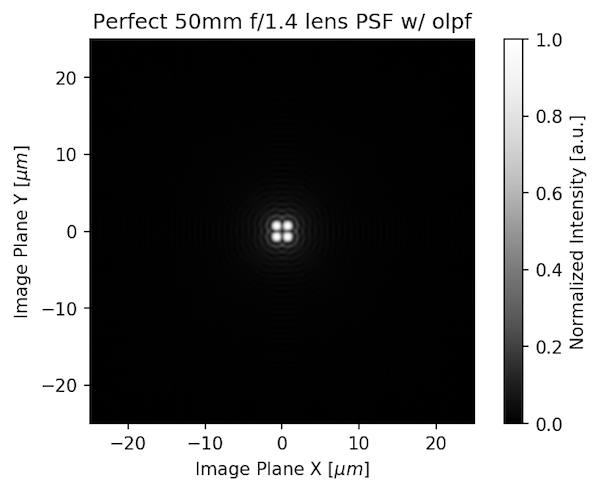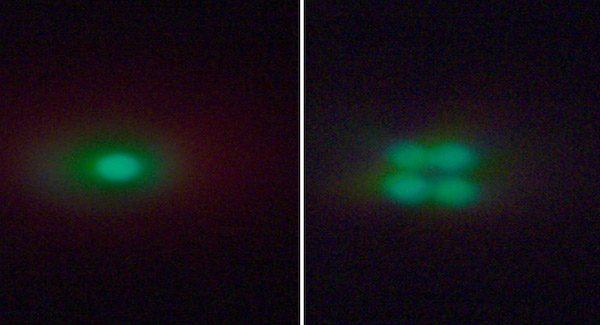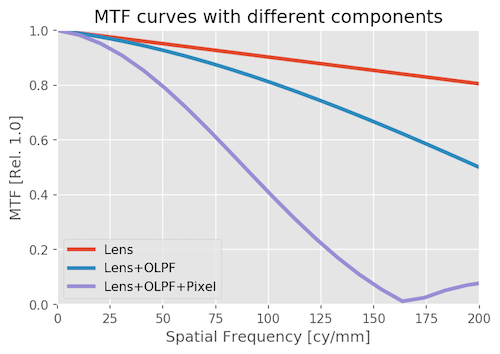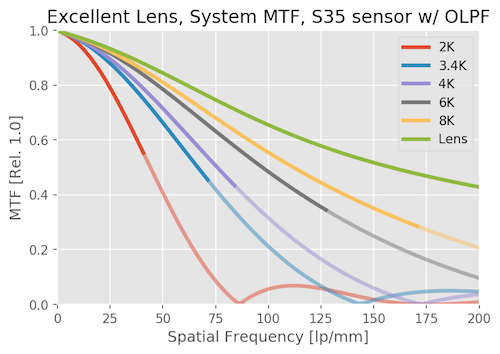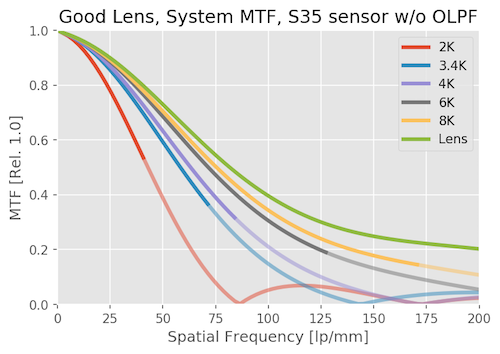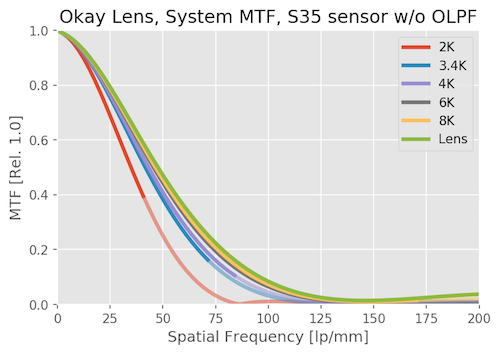Frankly
New member
I'm an armchair follower... I'm a long established photographer with an extensive Nikon system, 35 years of large format film experience, blah blah blah. With the improving market I'm actually at the point where a medium format system is within grasp so I've been speculating and researching. This forum has been very helpful, I've read most of the manufacturer's literature, Anders Torger and Ming Thein, logged my YouTube hours.
I wouldn't want to replace my Nikon system, I value the long telephoto and professional auto-focusing too much. To be honest the newer lenses like the 105/1.4e and the Zeiss manual focus options are highly satisfactory and good enough. And besides I only print large for sales a few times a year, I no longer exhibit or make a pretense about galleries, all of my work is on my website and if it looks good on a 4k monitor that is all that really matters. I look forward to the day when I can hang digital monitors on the wall instead of prints.
Still I have the urge to increase bit depth and resolution for my landscapes in the range of "normal" focal lengths, 35mm to 85mm equivalents. I know it's overkill and simply shooting the Nikon is more than sufficient but I do miss the large format pace, the deliberate fussing and contemplation. And to be honest, it is mostly psychological, knowing you're doing something the nth degree, following the best practice and chasing the highest quality possible.
I'm not interested in using an older MFDB system, I'm thinking that a 100mp CMOS sensor is the way forward in order to achieve a significant "jump" in quality over a modern Nikon/Sony FX sensor. I understand that there is also a quality and look to the older fat pixel CCD sensors but I'm not at the point where I want to indulge in "retro-digital" quite yet. Maybe in 2030 it will be the cool thing?
My understanding is that these newer CMOS sensors do not play well with movements especially with wider angle lenses. And both Hasselblad and Phase One will be developing mirrorless systems (like the X1D) with the newest sensors and lenses specifically designed to take advantage of the lack of depth required for an SLR mirror box (less optical compromises).
So does this mean that waiting another season or two for them to create a 100mp mirrorless with a 35mm equivalent prime non-retrofocus design lens is going to be pretty much the ultimate?
Will there even be a purpose to technical cameras after this? With resolution overkill and automated focus stacking why would I want the complexity and chance of misalignment from a tech cam?
To me and probably a few thousand others if it means we can plunk down $30k and get the best of the best in Phase One's version of the X1D concept and be "done" isn't this the Holy Grail?
The only thing sticking here is the cost, and that old professional habit of always having a duplicate back up system at such a cost!
But please, speculate with me and tell me where my thinking is off?
I wouldn't want to replace my Nikon system, I value the long telephoto and professional auto-focusing too much. To be honest the newer lenses like the 105/1.4e and the Zeiss manual focus options are highly satisfactory and good enough. And besides I only print large for sales a few times a year, I no longer exhibit or make a pretense about galleries, all of my work is on my website and if it looks good on a 4k monitor that is all that really matters. I look forward to the day when I can hang digital monitors on the wall instead of prints.
Still I have the urge to increase bit depth and resolution for my landscapes in the range of "normal" focal lengths, 35mm to 85mm equivalents. I know it's overkill and simply shooting the Nikon is more than sufficient but I do miss the large format pace, the deliberate fussing and contemplation. And to be honest, it is mostly psychological, knowing you're doing something the nth degree, following the best practice and chasing the highest quality possible.
I'm not interested in using an older MFDB system, I'm thinking that a 100mp CMOS sensor is the way forward in order to achieve a significant "jump" in quality over a modern Nikon/Sony FX sensor. I understand that there is also a quality and look to the older fat pixel CCD sensors but I'm not at the point where I want to indulge in "retro-digital" quite yet. Maybe in 2030 it will be the cool thing?
My understanding is that these newer CMOS sensors do not play well with movements especially with wider angle lenses. And both Hasselblad and Phase One will be developing mirrorless systems (like the X1D) with the newest sensors and lenses specifically designed to take advantage of the lack of depth required for an SLR mirror box (less optical compromises).
So does this mean that waiting another season or two for them to create a 100mp mirrorless with a 35mm equivalent prime non-retrofocus design lens is going to be pretty much the ultimate?
Will there even be a purpose to technical cameras after this? With resolution overkill and automated focus stacking why would I want the complexity and chance of misalignment from a tech cam?
To me and probably a few thousand others if it means we can plunk down $30k and get the best of the best in Phase One's version of the X1D concept and be "done" isn't this the Holy Grail?
The only thing sticking here is the cost, and that old professional habit of always having a duplicate back up system at such a cost!
But please, speculate with me and tell me where my thinking is off?




